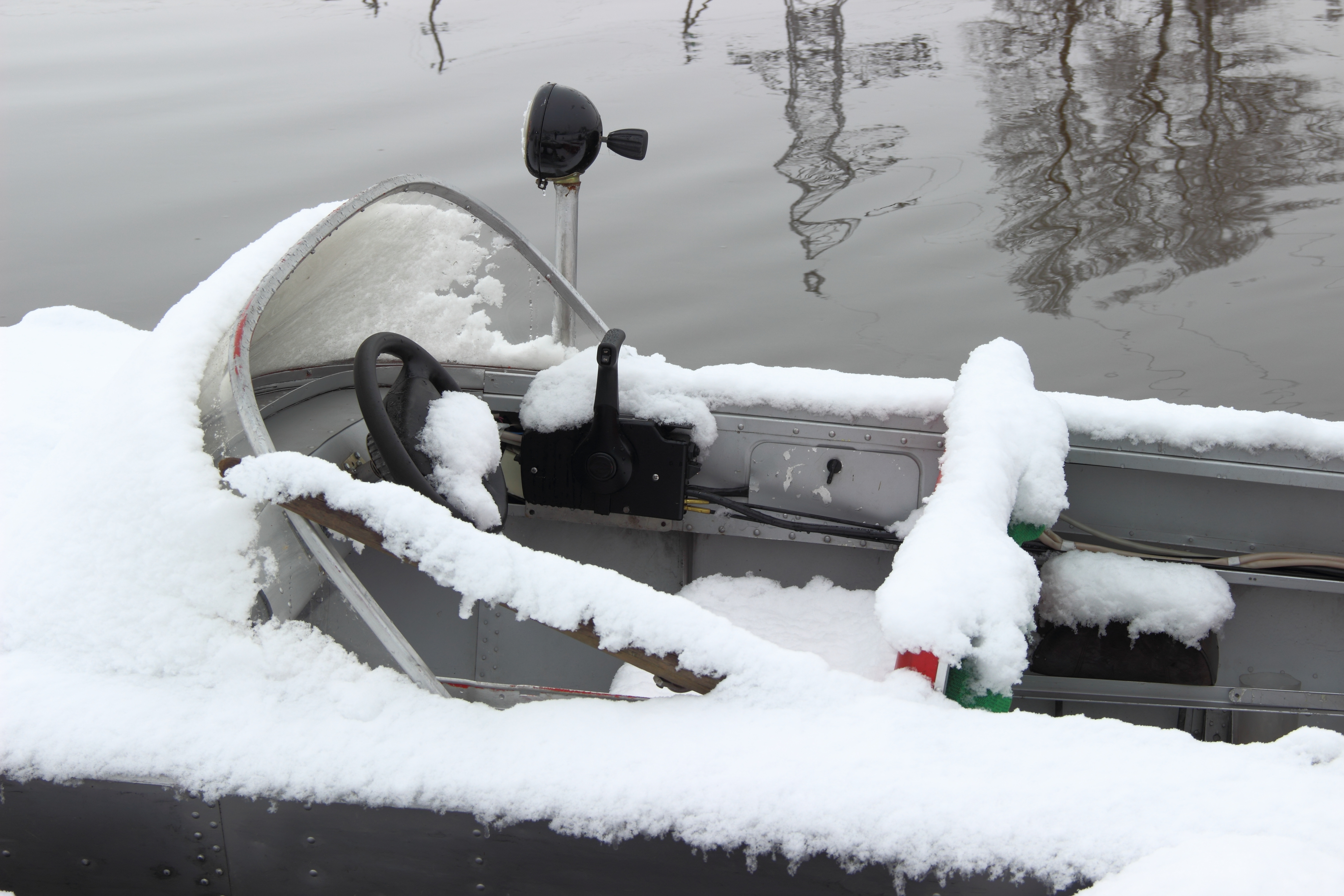What To Know When Winterizing Your Boat: Batteries
October 3rd, 2022 by team

by B.J. Porter (Contributing Editor)
It’s that time of year again. Fall, the dreaded end of boating season. This month, we’re going to take a quick look at what you can do to make sure your batteries make it through the season in the best condition, so you’re ready for spring.
The exact steps will vary somewhat by the size of your battery bank at the type of batteries you have, as well as what your storage options are. So we’ll touch on all the what-ifs so you can work on a plan.
If you have the owner’s manual for your batteries, it should spell out how best to care for them over the winter. If you’re organized enough to find and read it, the manufacturers recommendation always supersede what you read elsewhere! Though remember that the manufacturer only knows about their product, not how it’s installed in the boat. Their instructions may be practical for a single one-hundred pound battery, but be very difficult to do for six or eight of them wired into a single massive bank.
Inspect and Clean
No matter your battery chemistry, winterization is a good time to check all of your terminal connections for corrosion and wear. Remove any corrosion you find, and look for sources of water or moisture that may contribute to them. Check the insulation on all wires for cracking or wear and make sure crimps are still firm.
Big Battery Banks
The best thing to do for batteries is to remove them from the boat and store them somewhere with good temperature regulation. But that’s not always practical for large or complicated battery installations. So take these steps to keep them safe in place.
If you have a large, complex bank and want to take them off for the winter, take lots of pictures and label and number everything before you disconnect wires so you don’t forget what it looks like. You don’t want to solve a jigsaw puzzle in the spring that sparks and smokes if you put it together wrong…
Lead-Acid Batteries
The biggest risk that lead-acid batteries face is freezing, which can crack the case or dislodge plates. If you can’t get the batteries off the boat, the next thing you can do is minimize the risk of freezing.
A fully charged battery has more dissolved chemicals in the electrolytic fluid, which lowers the freezing point. So charge your lead-acid batteries fully when you decommission the boat. If you use wet cells, top up the electrolyte with distilled water before you charge.
Lead-acid batteries may self-discharge from 1% to 5% per month, so they may still go flat if left alone. If you can run power to your boat, a trickle charger on the batteries, even for just a couple of days every month will help keep them from self-discharging over the winter.
Lithium Phosphate (LiFePO4)
LiFePO4 batteries don’t have liquid electrolyte, so they don’t have the same freezing risk. You can damage lithium batteries charging them in freezing weather, but this isn’t likely to happen accidentally. Do NOT charge your lithium batteries if it’s below freezing.
Discharge your LiFePO4 batteries to about 50% before storing for the winter, unless your owner’s manual says otherwise. Most lithium batteries do better if you don’t store them completely full, so avoid topping them off and don’t put then on a trickle charger.
For All Batteries
Once you’ve put the correct storage charge on your batteries, disconnect the terminals. If it’s easy, disconnect the battery completely from both positive and negative terminals, to ensure there’s no accidental grounding or power drains to empty the back when the boat is left for the winter.
Do NOT rely on just turning switches off on the boat. There may be small parasitic drains in your system you don’t notice in day-to-day use of the boat which can kill your batteries if left for months.
Smaller Battery Banks
For boats with only one or two lead-acid batteries, the best thing you can do is take the batteries off the boat and store them in your basement on a trickle charger. This will make sure you’ve got like-new, charged and ready batteries in the spring.
If you store them in your garage where there’s a freezing risk, make sure you’ve fully charged them. Try to find a warmer spot to leave them like near a house wall instead of an exterior wall. And leave them on a trickle charger if you can.
- Posted in Blog, Boat Care, Boating Tips, Cruising, Fishing, iNavX, iNavX: How To, Interviews, Navigation, News, Reviews, Sailing, Sailing Tips, Uncategorized
- No Comments
- Tags: battery, Boat, care, iNavX, Winter, Winterizing, Yacht


Leave a Reply